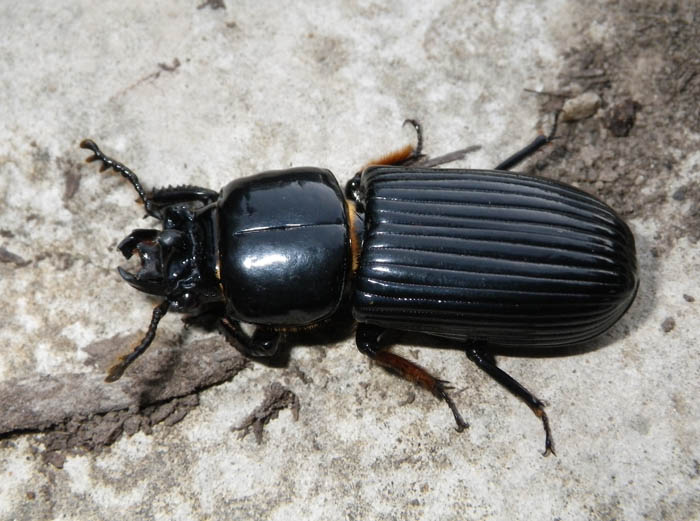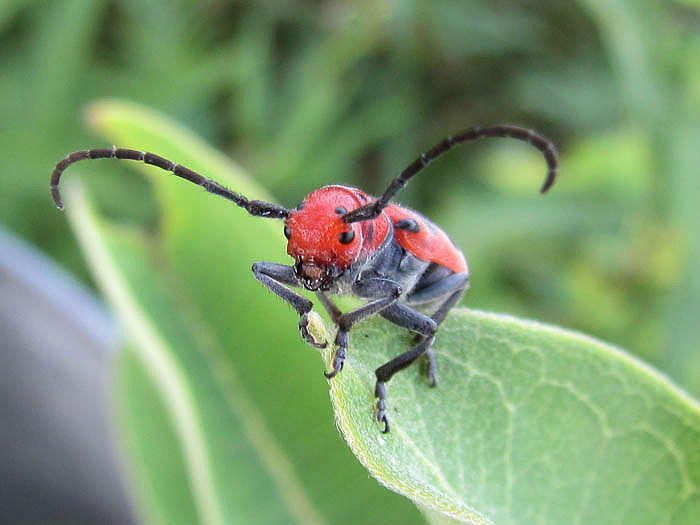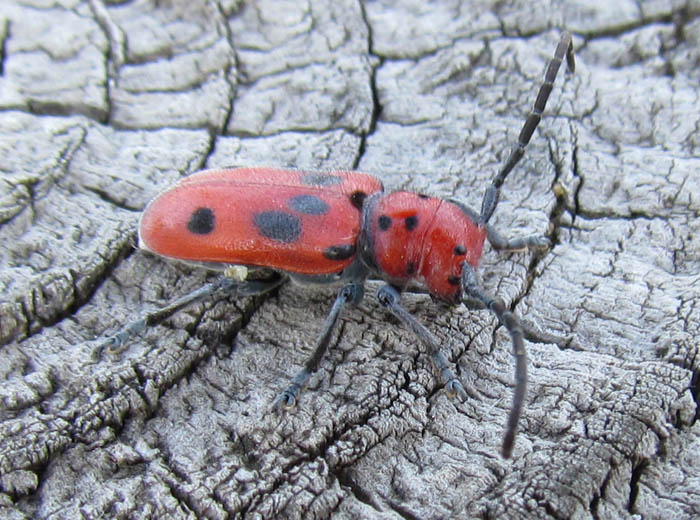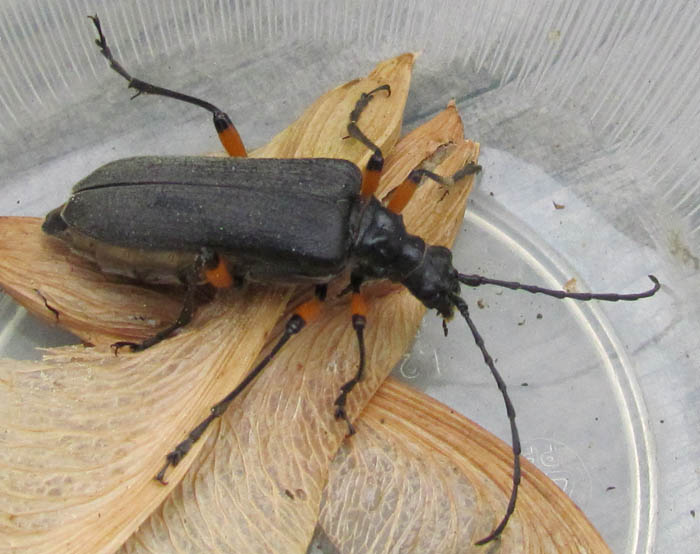
Walking around in the woods on a windy, thirty-something degree day may not seem to be the ideal conditions to observe wildlife. But just by turning a few sun-warmed logs, a “hidden treasure” of invertebrates can be found. At over an inch in length, a Bess Beetle was the largest of the creatures I came across.

The Bess Beetle can give you some idea on how complex life can be – even for an insect. They communicate with each other through squeaking and clicking noises. Their larvae can also make sounds. Bess Beetles have distinct sounds that communicate different messages such as aggression or courtship signals.

There are only two species of Bess Beetles in the United States, though a couple more have occasionally shown up from across the Mexican border. There are over 500 species in the tropics. Their entire life cycle is spent in darkness inside standing and fallen dead timber.
Unlike many insects, Bess Beetles take care of their young. Adults prepare decaying wood for the larvae by chewing and mixing it with saliva. The also help their larvae construct a pupal case for the life stage of the insects undergoing transformation to adults. One remarkable aspect of the Bess Beetle social system is that adult males help care for the young, a phenomenon almost unheard of among insects.

Another common name is Patent Leather Beetle, due to its shiny black sheen. They live in their adult form for over a year, which is a long time for a beetle. Although they may look intimidating, I’ve handled many and have never been bitten.
Third Eye Herp
E-mail











